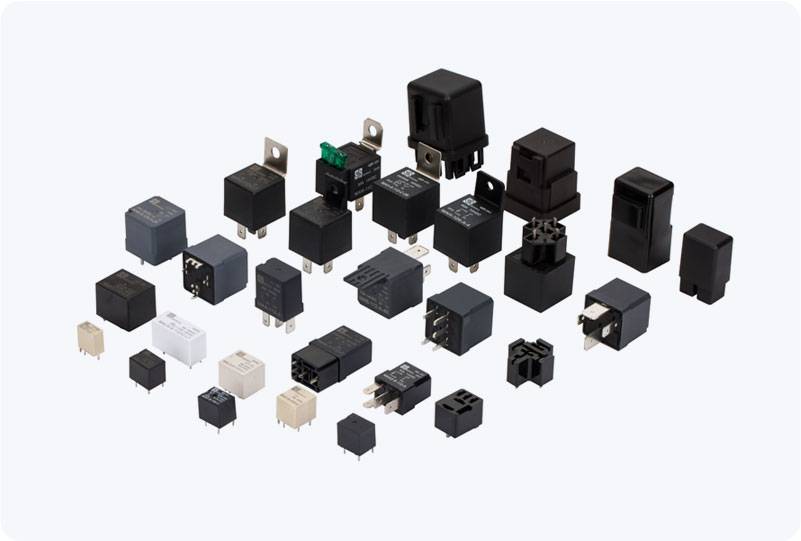relay failure modes in cars: understanding the common issues and solutions
Release time:2025-05-14 06:16:24
Relays are integral components in modern automobiles, acting as electrical switches that allow a low-current signal to control a high-current circuit. These devices are essential for the operation of various systems, such as the ignition, fuel pump, lighting, and air conditioning. However, like any mechanical or electrical component, relays are susceptible to failure over time. Understanding the common relay failure modes in cars is crucial for vehicle maintenance and ensuring that systems dependent on relays continue to function effectively. In this article, we will explore the most common relay failure modes and provide insights on how to diagnose and address these issues.

1. Contact Wear and Pitting
One of the most common failure modes in relays is the wear and pitting of the contacts inside the relay. When a relay is activated, the contacts close to allow the current to flow through the circuit. Over time, these contacts can become worn out or damaged due to the continuous electrical load. This wear can cause arcing, which leads to pitting on the contacts, increasing resistance and eventually preventing the relay from functioning properly. When this happens, the system that relies on the relay may fail to operate or experience intermittent issues, such as flickering lights or an unresponsive fuel pump.

